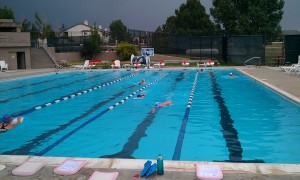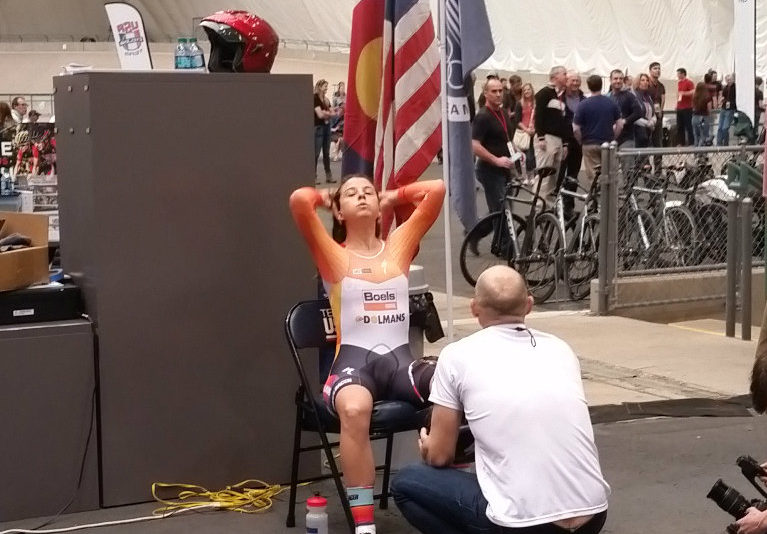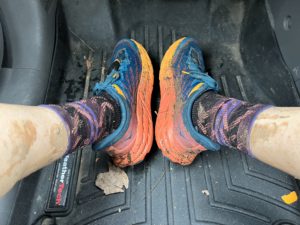This question came from Scott over on Google+. He only has access to a pool once a week, but wants to stay on top of swim training. So what types of exercises should he be doing when he’s not at the pool?
This post is also relevant to people who travel, or just want to spend a little extra time working on the swim technique on days away from the pool.

With the increase of popularity of triathlon, we are seeing more and more “adult onset swimmers.” Not everyone (myself included) was on a childhood swim team to get good habits ingrained at an early age.
So when the pool is unavailable, there are ways to work on your technique. When you do, you want to focus on a few specific things. Those things are strength, flexibility, muscle memory, and visualization.
For many adults, refining of swim technique is the most difficult, and even if we drill a lot (need to do the drills correctly!), we still have technique challenges. Our perception of movement is different horizontal and in a dense medium is quite different than vertical in air.
Just have someone film you swimming (cell phone camera will work) and you might be surprised… For most of us, our actual swim stroke is quite different from what we “feel” it looks like in the pool. So being away from the water can actually be a good thing!
Now let’s address the four areas of out of the water swim training.
1) Strength
I will give my traveling athletes stretch cord exercises to do. The gang over at Endurance Corner has a good post on how to use stretch cords.
You can also pick up a copy of either Swimming Anatomy or Triathlon Anatomy to really learn about the muscles used in swimming and associated strength exercises.
2) Flexibility
We often foam roll and stretch our legs and hips, but ignore the swimming muscles. Get out that foam roller and hit the lats, pecs, rhomboids, and even triceps. For foam rolling exercises (including the legs) check out this article on foam rolling.
After foam rolling, stretch the lats, chest and shoulders. If you don’t do yoga, you can learn some great stretches from taking a class or two. Sage Rountree is a good online resource for endurance athletes and yoga.
3) Muscle Memory
When we swim with incorrect technique, with every stroke we take we are teaching our muscles to follow the wrong pattern. The more we swim incorrectly, the harder it will be to correct it. Fortunately the outside the water exercises are good to help correct the muscle memory patterns because you can better track what you are doing.
The exercise I have for this is called Couch Swimming. While lying on your couch (a bed or bench will work too) practice single arm swimming with the arm that is on the edge of the couch. You can see and feel all aspects of your stroke.
Are you keeping your elbow up for the high elbow catch? Are you pulling all the way through? Is your stroke straight – does it follow the edge of the couch? Is your recovery relaxed and your entry in line with your shoulder?
If you have crossover tendencies on entry, “couch swimming” will help because if you cross over your hand will hit the couch. Make sure to do each side, and spend a little more time on the side that you tend to have issues with.
4) Visualization
The final thing you can do when you don’t have access to a pool is watch videos of good swimmers. Here’s one I just sent one of my athletes of Karlyn Pipes-Nielsen. Another tool with great tips is Swim Smooth. Download and watch Mr. Smooth in action. After watching good technique, close your eyes and visualize yourself doing the same thing.
So Scott and everyone else reading this, I hope this post gives you some ideas on things to do when you can’t make it to the pool!
Happy Training!





